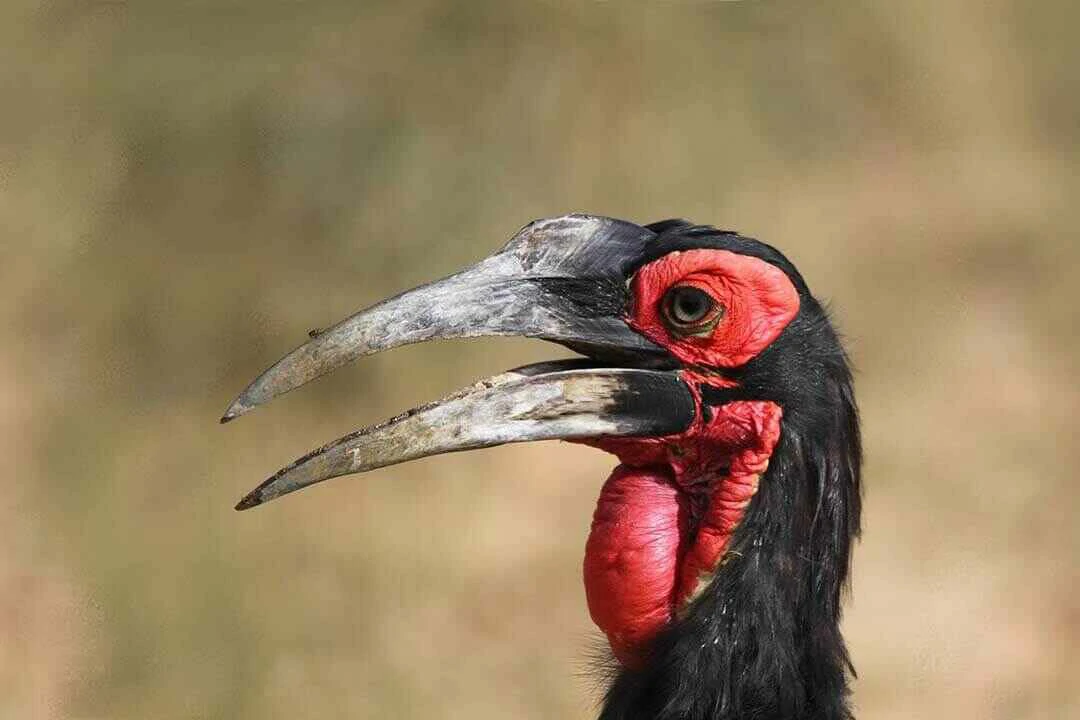
BIRDING IN
Makgadikgadi Pans
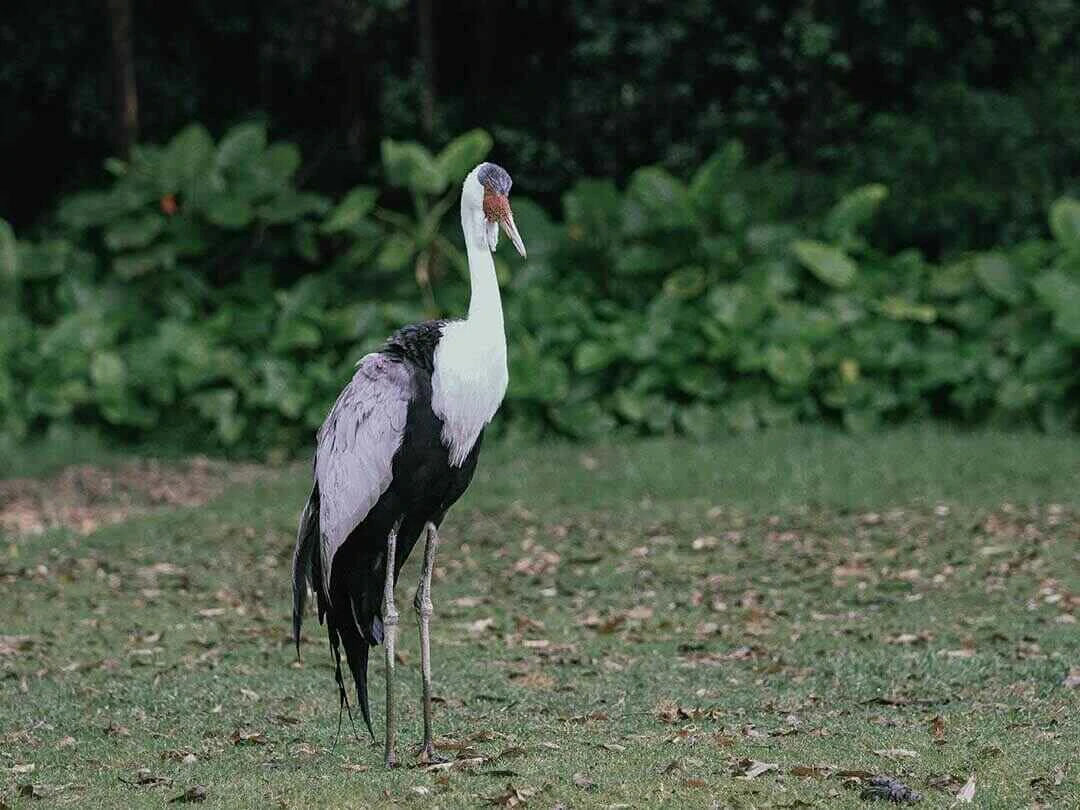
BIRDING IN
Makgadikgadi Pans
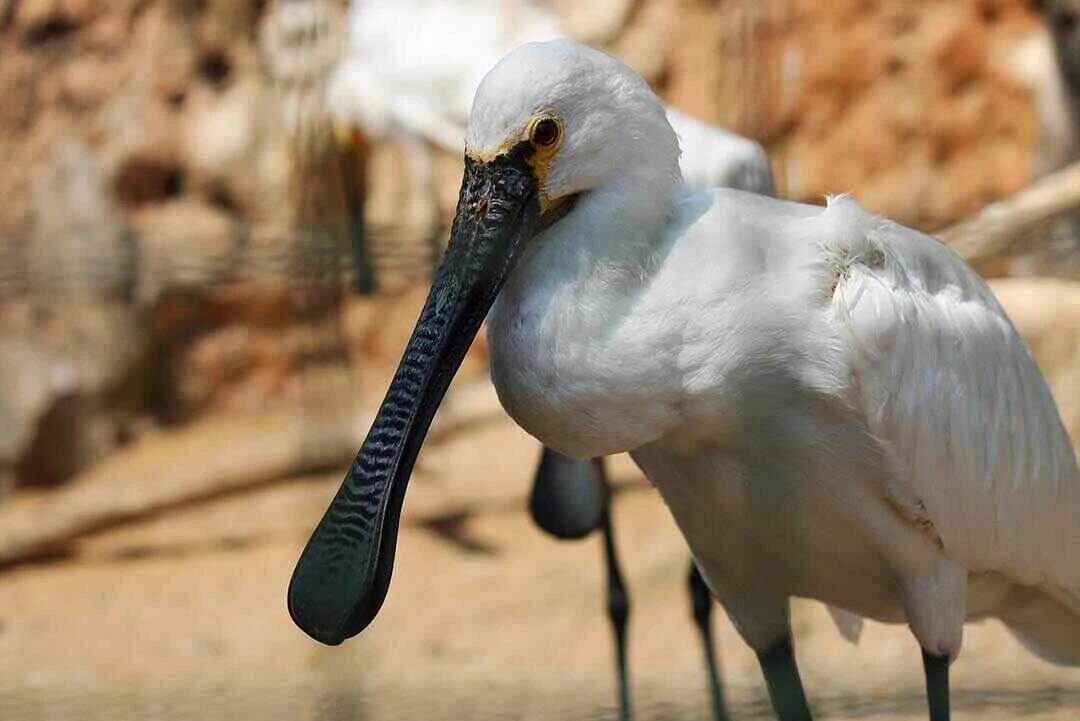
BIRDING IN
Makgadikgadi Pans
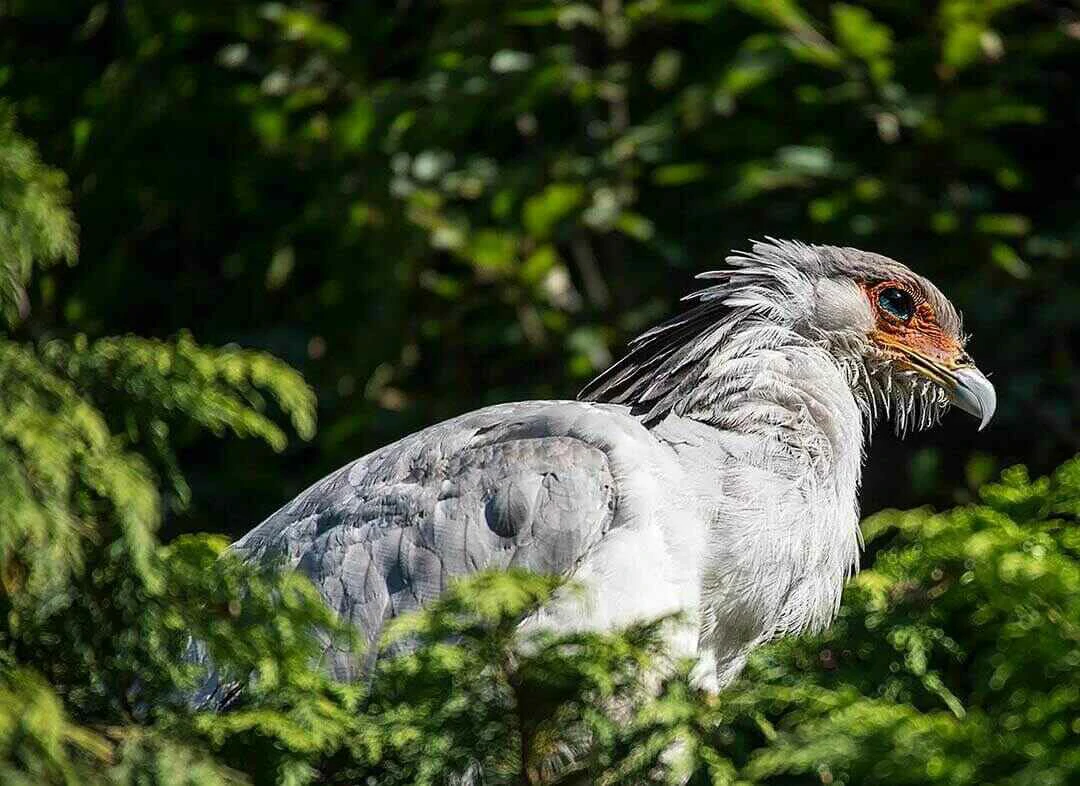
BIRDING IN
Makgadikgadi Pans
The Makgadikgadi Pans National Park is located midway between Maun and Nata on the Francistown Road in north-cental Botswana east of the Central Kalahari area. The Makgadikgadi Pans is a vast area of great seasonal change. During rainy season from November through March or April, it is typically flooded and largely inaccessible by vehicle. During this time the pans attract spectacular numbers of flamingos. The pans are famous for their large flamingo breeding colonies. It also features the greatest migration of Zebra and Wildebeest outside the Serengeti - Masai Mara ecosystem. During dry season the pans become bone dry. Strong winds blow from August through October. The rains don't always appear during rainy season, and then the pans remain dry all year. In years of high rainfall, a shallow alkaline lake system, the Makgadikgadi Pans 16,000 square kilometres are formed.
Numerous shorebirds are present, especially during Palearctic winter. Among other interesting birds present are species typical of arid grassland such as Common Ostrich, Wattle Crane, Black Bustard, Burchell's Sandgrouse, Rufous-naped Lark, Cape Clapper Lark, Eastern Clapper Lark, Sabota Lark, Spike-heeled Lark, Chestnut-backed Sparrow-Lark, Gray-backed Sparrow-Lark, Desert Cisticola, and Southern Anteater-Chat. Pools of permanent water are home to various wetland birds such as Red-billed Duck, Hottentot Teal, and African Spoonbill. There is also an interesting variety of mammals such as Meerkat, Bushbuck, Springbok, Steenbok, and some predators.
White Pelican, Secretary-bird, Montagu's and Pallid Harriers, Marshal and Tawny Eagles, Red-necked Falcon, Greater, Lesser and Red-footed Kestrels, Burchell`s and Yellow-throated Sandgrouse, Wattled and Crowned Cranes, Ground Hornbil, Bronze-winged courser, Red-winged and Black-winged Pratincoles, Spike-heeled, Pink-billed, Rufous-naped and Clapper Larks, Chestnut-backed Finchlark, Capped Wheatear. All roads in the Makgadikgadi & Nxai Pans National Park are negotiable by 4x4 only. There are several basic campsites in the park, lacking any facilities and without potable water.
Our Experts are ready to provide answers
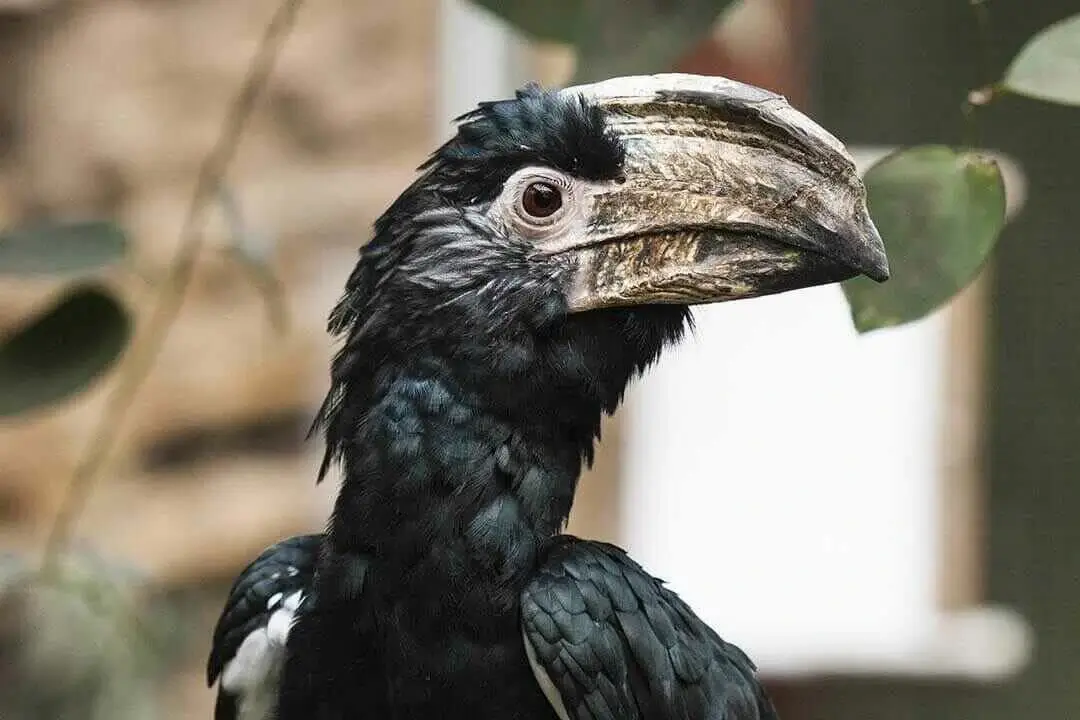
The Chobe National Park with 450 bird species Botswana's longest list in the north-east provides a similar habitats on a much smaller scale: the Chobe River itself, seasonally inundated floodplains, covered with reeds; riverine woodland and further from the river, mixed broadleaved woodland.
Read More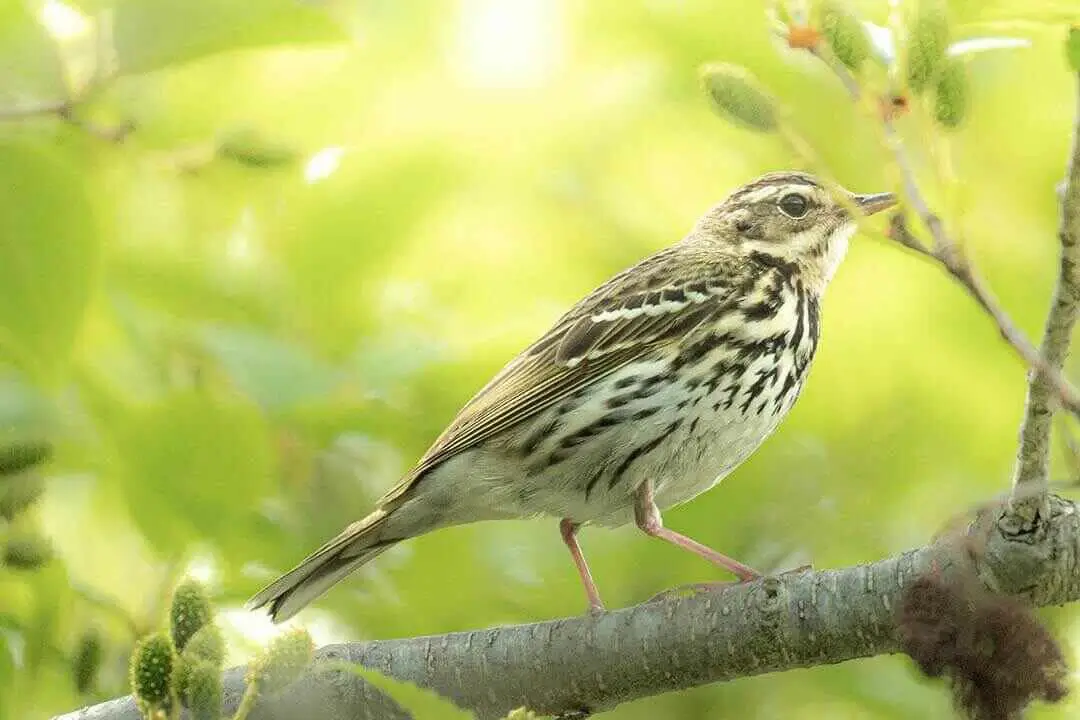
Some 430 bird species have been recorded in the region. Notable birding sites are the SE Botswana Important Bird Area, the Gabarone Game Reserve, Kgale Hill, Mannyelanong Hill, Phakalane Sewage Lagoons, and Bokaa Dam.
Read More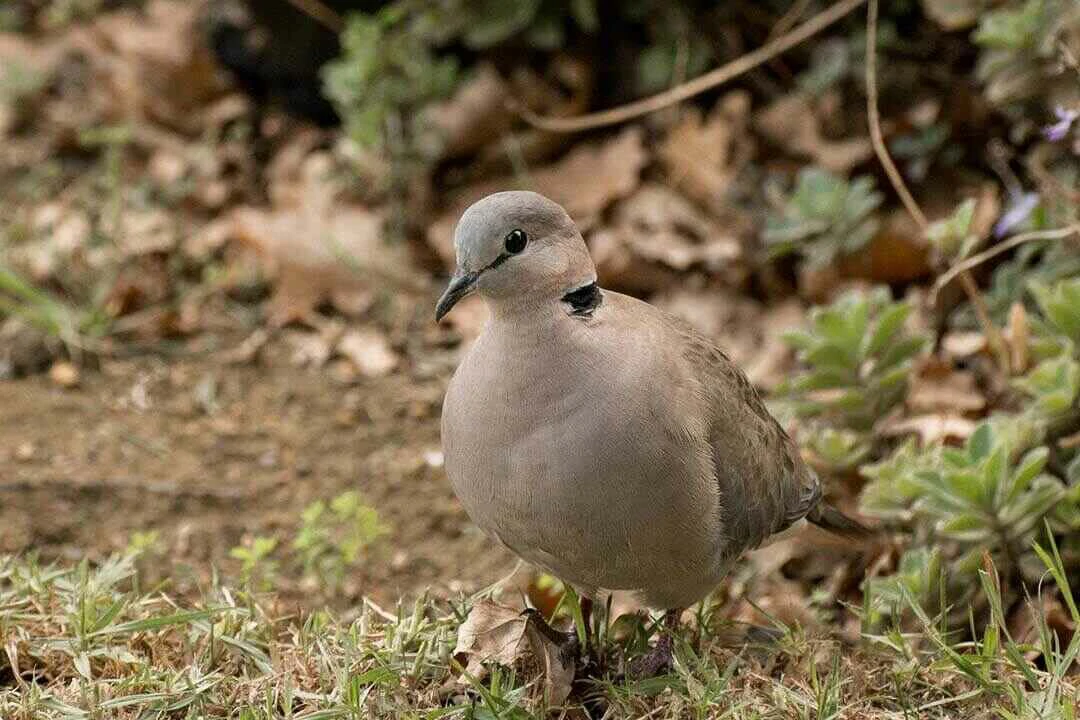
Over 350 species of birds have been recorded in the reserve, which offers some of the best birding in Botswana during this time of year. Night drives to view nocturnal animals including predators on the prowl can be arranged through the various lodges on private lands adjacent to the reserve.
Read More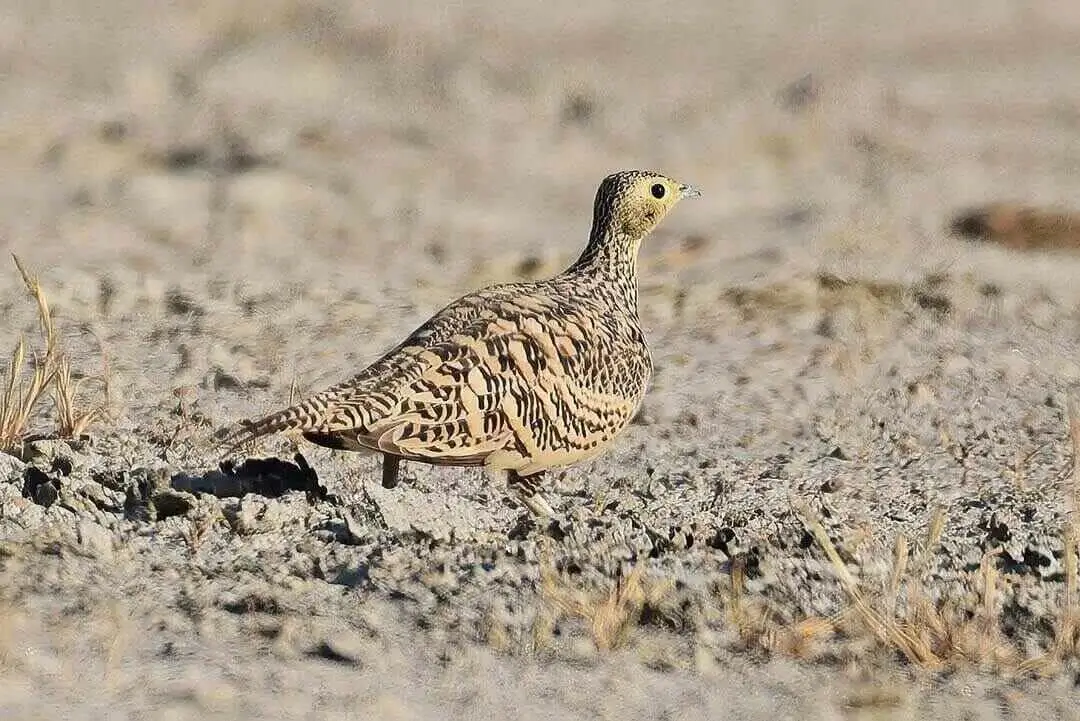
When water is present, the lake has abundant bird life and even when dry is home to the globally threatened Black-winged Pratincole and Lesser Kestrel, qualifying it as one of the 12 Important Bird Areas in Botswana.
Read More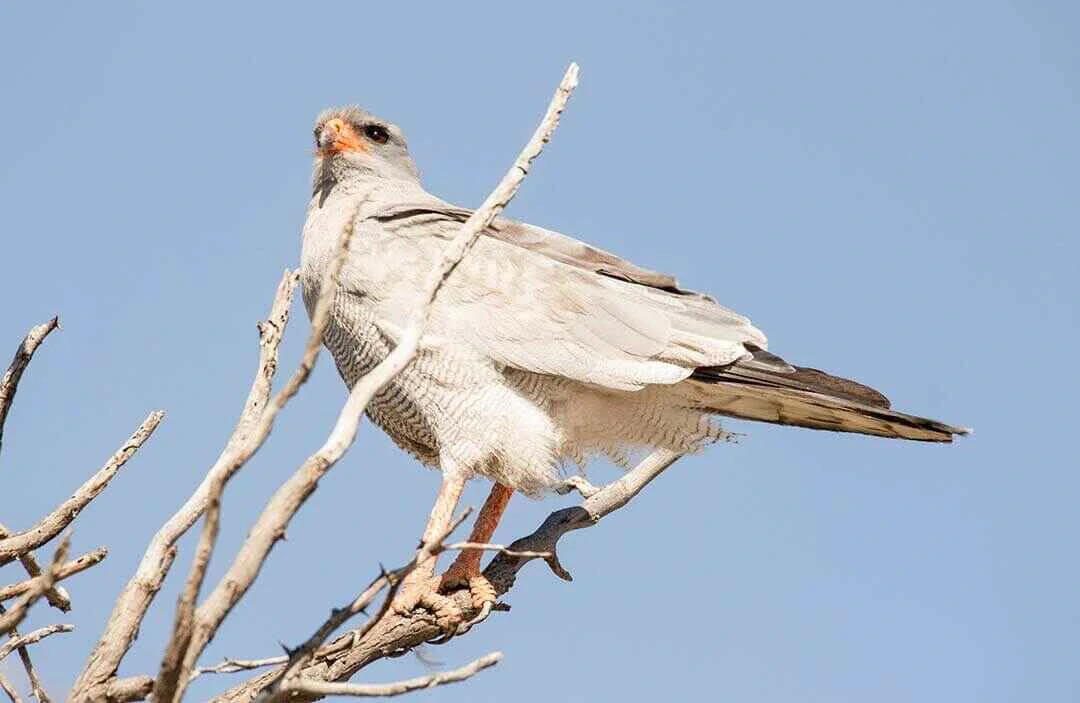
Okavango Delta offers excellent birding opportunities. This magnificent World Heritage Site boasts more than 450 recorded species of birds. It is not uncommon to spot around 140 specifies in a day. The entry point for most tourists is the town of Maun.
Read More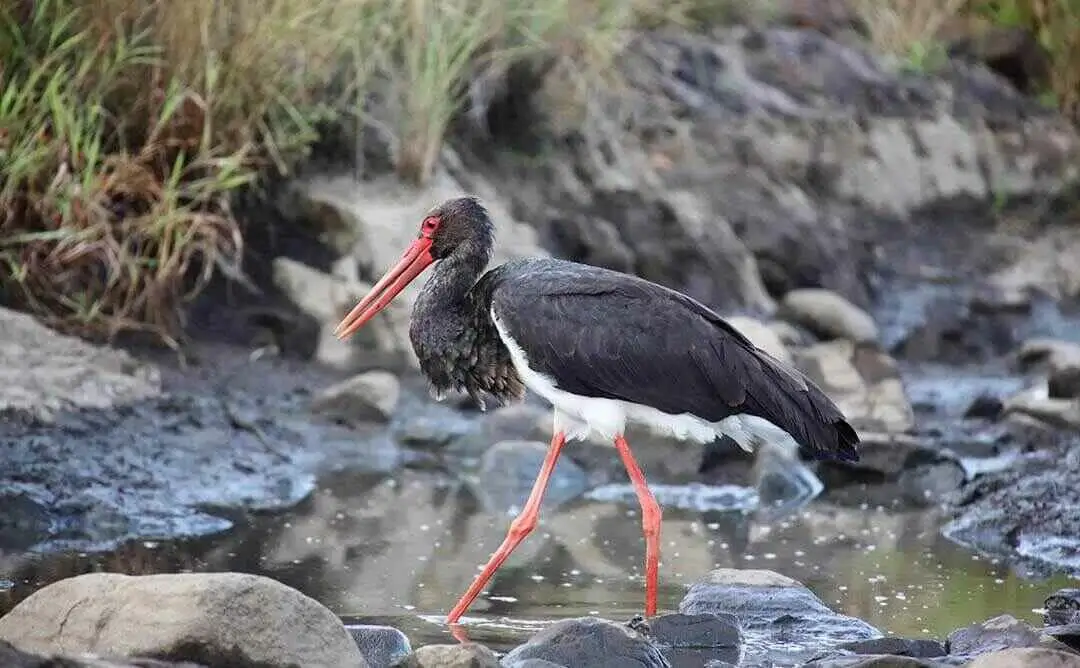
The Tswapong Hills are located 40 km north of Palapye in eastern Botswana. Palapye is 275 km north of Gabarone and 586 kilometers east of Maun. It's remote location makes it difficult to visit on a typical safari. The Tswapong Hills in eastern Botswana are a low-lying mountain range reach 300-400m above the surrounding plateau.
Read More